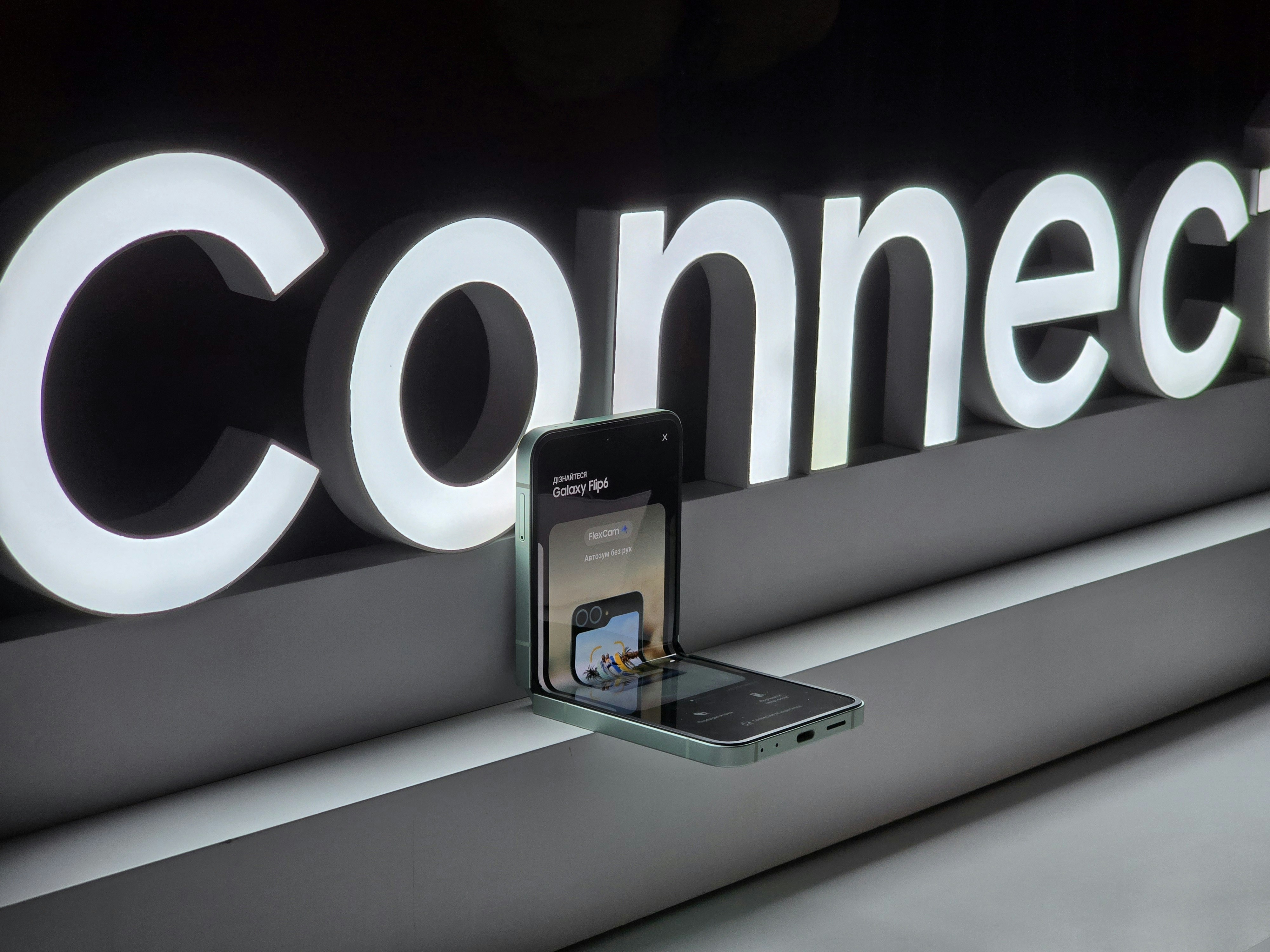Transcending Boundaries: The Awe-Inspiring Surge in Holographic Technology
As we step into an era where reality and virtuality are blurring their edges, holographic technology is making strides, promising to redefine our interaction with the digital world. This article delves into the fascinating journey of holography, its current advancements, and how it could transform our lives.

The Dawn of Holography
Holography originated from the scientific genius of Hungarian-British physicist Dennis Gabor in the late 1940s. He intended to improve the resolution of electron microscopy but ended up laying the foundation for holography. Despite its inception, holography failed to take off until lasers were invented in 1960, offering the coherent light necessary for creating holograms.
Holography: From Science Fiction to Reality
Historically, holography was the stuff of science fiction, with Star Wars’ Princess Leia’s plea for help being the most iconic holographic moment. However, with the advancement of technology, holography is no longer confined to the realm of fiction. From holographic concerts featuring deceased musicians to holographic teleconferences, this technology is gradually permeating our world.
The Current Wave of Holography
Today, holography is witnessing a renaissance of sorts. Microsoft’s Hololens and Magic Leap’s mixed reality glasses have demonstrated the incredible potential of holographic technology. Even in the entertainment industry, holography is making waves. For instance, ABBA, the legendary Swedish pop group, recently announced a comeback via a virtual concert featuring their holographic avatars.
Moreover, researchers are continuously exploring ways to make holography more accessible and practical. Scientists at Brigham Young University have developed a free-space volumetric display system that can project 3D images into open air, enhancing the holographic experience.
Financial Prospects and Market Impact
Given its vast applications, the market for holography is projected to grow exponentially. According to a study by Markets and Markets, the holography market is expected to reach $5.5 billion by 2025, growing at a CAGR of 27.3% during the forecast period. This acceleration is propelled by its increasing use in medical imaging, nondestructive testing, and entertainment.
Holography: The Future Beckons
While holography is still in its nascent stages, its potential to revolutionize multiple sectors is undeniable. Imagine a future where doctors can examine three-dimensional, real-time images of a patient’s anatomy without invasive procedures, or architects can visualize and interact with their designs before they’re built.
Despite the many hurdles to be overcome in terms of affordability and technology, the future of holography is promising. As we continue to push the boundaries of what’s possible, it’s clear that holography has the potential to redefine our reality.
Conclusion
Holography has come a long way since its conception. As it continues to mature and evolve, it holds the promise to transform our interaction with the digital world, offering immersive, interactive experiences that were once the stuff of science fiction. As we move forward, it’s fascinating to see how this incredible technology shapes our future.
Clearly, the holography wave is here, and it’s about to change our perception of reality.





